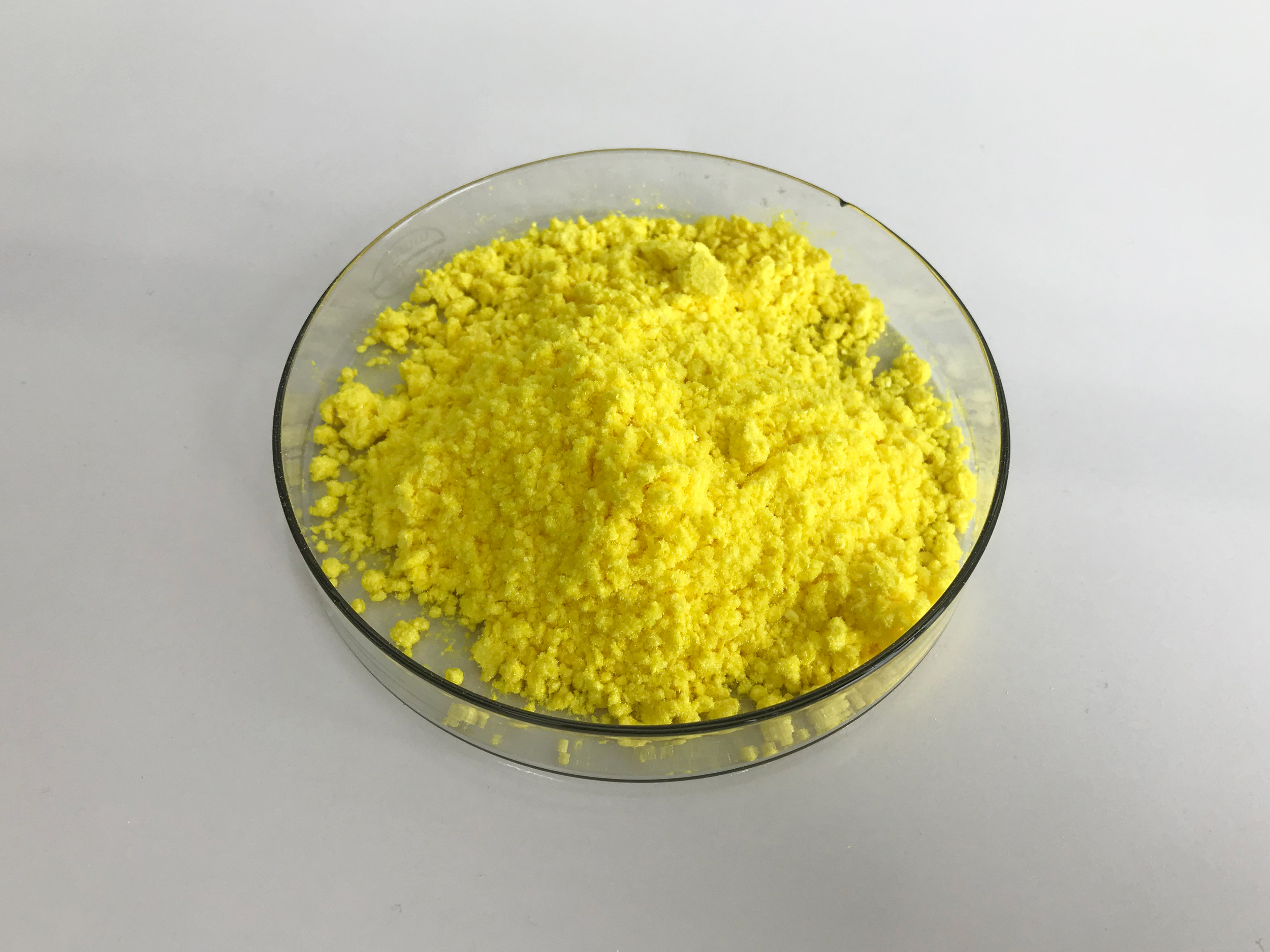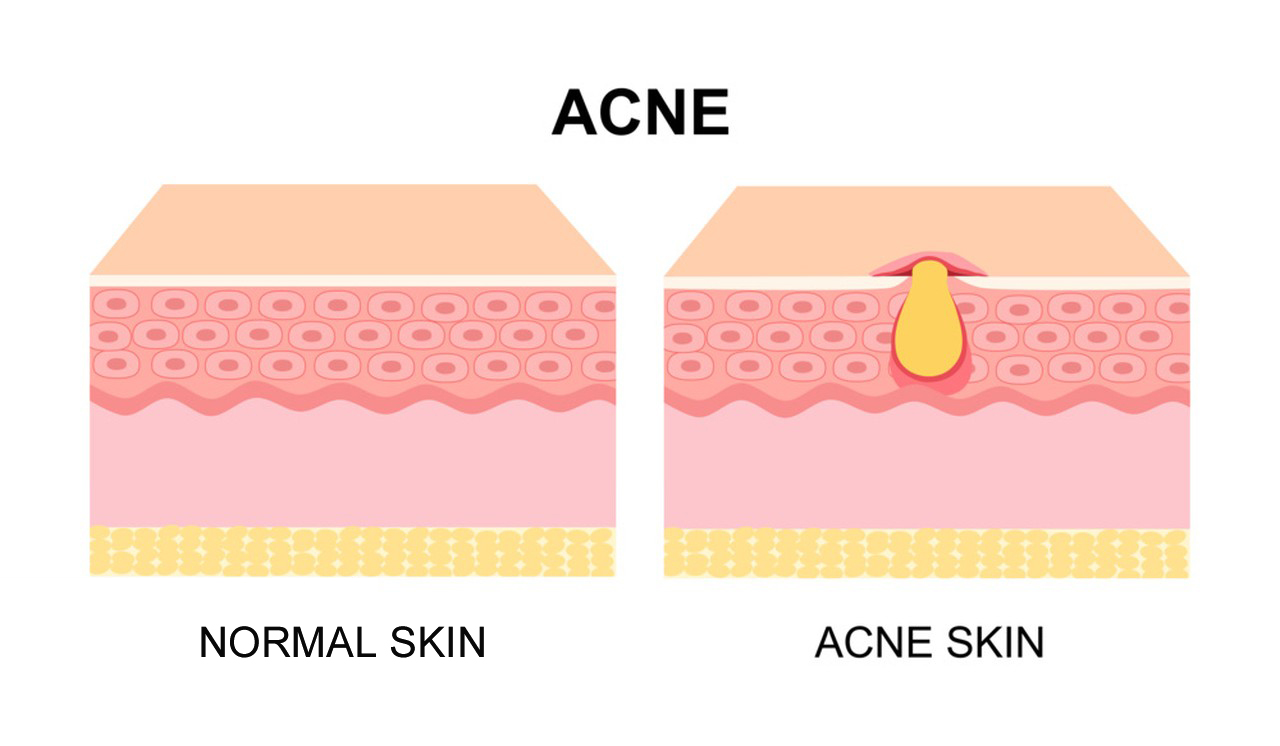Retinoic acid, also known as tretinoin, is a derivative of vitamin A that is commonly used in skincare for its potential benefits, including promoting cell turnover and improving the appearance of the skin. Here are some general guidelines for using retinoic acid for best results:
1.Start Slowly: If you are new to retinoic acid, start with a lower concentration to allow your skin to adjust. This can help minimize potential irritation and sensitivity.
2.Consult a Dermatologist: Before incorporating retinoic acid into your skincare routine, it’s advisable to consult with a dermatologist. They can assess your skin type, recommend an appropriate concentration, and provide personalized advice.

3.Use in the Evening: Retinoic acid can make your skin more sensitive to sunlight. Therefore, it is typically recommended to use it in the evening. Apply it before bedtime on clean, dry skin.
4.Cleanse and Pat Dry: Before applying retinoic acid, cleanse your face with a gentle cleanser and pat your skin dry. This helps the product to penetrate better.
5.Apply a Pea-Sized Amount: A little goes a long way with retinoic acid. Use a pea-sized amount for your entire face. Applying too much can increase the risk of irritation.
6.Follow with Moisturizer: After applying retinoic acid, follow up with a good moisturizer to help minimize dryness and peeling. This step is crucial in maintaining the skin barrier.
7.Use Sunscreen: Since retinoic acid makes your skin more susceptible to sun damage, it is crucial to use a broad-spectrum sunscreen during the day. This helps protect your skin from harmful UV rays and prevents further irritation.
8.Be Patient: Results from retinoic acid may take some time to become noticeable. It can take several weeks to a few months before improvements in skin texture and appearance are observed.

9.Avoid Mixing with Certain Products: Be cautious when using retinoic acid with other active ingredients, such as benzoyl peroxide or vitamin C, as they may increase irritation. It’s often recommended to introduce one new active ingredient at a time and observe how your skin reacts.
10.Consider Prescription vs. Over-the-Counter: Retinoic acid is available both as a prescription and over-the-counter. Higher concentrations are typically available by prescription. Your dermatologist can help determine the right strength for your skin.
If you experience excessive redness, peeling, or irritation, it’s essential to reduce the frequency of use or consult with a healthcare professional. Everyone’s skin is different, so what works for one person may not work for another. Individual responses to retinoic acid can vary, and patience is key for achieving the best results.
